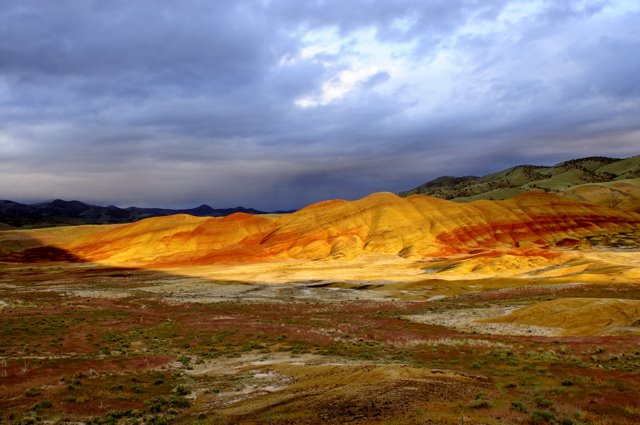Many of the folks I talk to are afraid to admit that they only have a tiny little point and shoot camera. They also feel a little embarassed about the fact that they don't know much about how to use it, and that's why they don't buy a bigger and "better" camera. I once overheard a customer in a camera store tell the clerk that he wanted something that would take better pictures than just a little point and shoot pocket camera. Naturally the clerk was willing to sell him whatever he could. But what the customer really needed to know was how to use what he already had. Once he mastered that, he would then know what features he would need in a new camera, if he needed any at all.
I am here to say that what you need to do is learn to use the camera you have now. You don't need to go out and buy a fancy new camera to learn about photography. The one you have now will get you started and you will be totally surprised at what you can do with it if you spend the time to learn how to use it. Go back and review my previous blogs and apply what you learn to your existing camera. You will be glad you did. Once you have mastered all the features of your existing camera you will be ready to move on to the next level. You may find that you are already there!
Here's an example of a photo I shot with a 2 megapixal point and shoot Fujifilm camera seven years ago. I proves the point that it isn't always the tool, it's how and when you use it. 
IFor more information about photography go to "How To Use Your Camera" for a really cool collection of books and cheatsheets.
You can also see examples of my own albums at Dwains Picks.

No comments:
Post a Comment